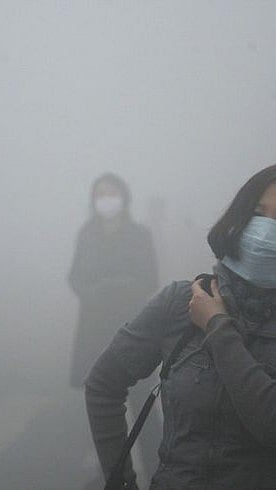Early Monday, Delhi's air quality deteriorated, with the city enveloped in thick smog, and the air quality index (AQI) fell to 347, as reported by Central Pollution Control Board (CPCB) data at 7 am. This situated the city in the "very poor" classification, with the AQI measuring 334 on Sunday at 4 pm.
Approximately twelve monitoring stations documented AQI levels near 350, which is also categorised as "very poor." In the ITI Jahangirpuri region, the AQI climbed to 377, which falls under the "severe" category according to CPCB standards.
On Monday, Delhi's maximum temperature hit 31 degrees Celsius, slightly exceeding the seasonal norm, after a weekend peak of 32.5 degrees Celsius. The lowest temperature recorded was 23 degrees Celsius, which is three degrees higher than usual, as per CPCB data.
After a week marked by troubling air pollution levels, the capital has observed a slight improvement in air quality. According to the Central Pollution Control Board (CPCB), the Air Quality Index (AQI) has dropped below the 350 threshold, recorded at 334 as of Sunday.
However, air quality remains categorised as 'very poor.' On Monday, the national capital's average AQI fell to 347, still within the 'very poor' category, with some areas reporting hazardous levels above 400. While last week's air quality reached hazardous levels, increased wind speed and warmer temperatures have contributed to minor AQI reductions.
PM10 levels were at 231 micrograms per cubic metre, and PM2.5 was 131 micrograms per cubic metre, both significantly over safe limits. Despite this slight improvement, forecasts indicate sustained poor air quality, with wind speeds likely staying under 10 km/h for several days, limiting further enhancements.










